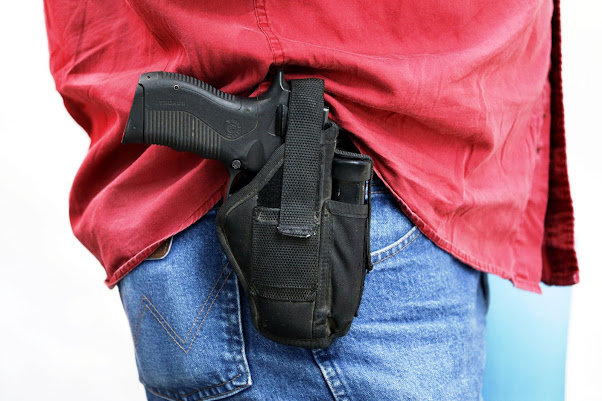Do Handguns Have Safeties?
Does the Typical Handgun Have a Safety?
Well before you purchase your first handgun, you’ll need to spend some time researching all the features that make firearms safer to use. This includes the safety, a mechanical lock that prevents a gun from firing when it’s in the “safe” position. While most modern firearms have safety switches, you might be surprised to hear some handguns don’t have one. The firearms safety education professionals from LTC Austin, your premier choice for Austin LTC Online Training, offer a closer look at how safeties work, which guns have this feature, and what steps you can take to make your firearm safer.
General Firearms Safety
It’s important for new firearms owners to remember there are many different types of safeties, and you should never assume any two safety switches are going to be identical. You should also keep in mind that safety switches are nothing more than mechanical devices, which means they can fail at any time. When handling a firearm, you should always act as if the weapon is loaded and the safety is off.
Common Safety Mechanisms
The push-button safety is one of the most common safety switches, and this feature can be found on a wide variety of semi-automatic pistols. When this type of safety is engaged, it will physically block the trigger or hammer from moving. Hammer safeties can be found on handguns as well, but they aren’t as common as push-button safeties. If a gun has a hammer safety, you won’t be able to pull the trigger when the hammer is in the half-cocked position. Once the hammer has been fully cocked, the trigger will be released.
Does My Handgun Have a Safety?
Those who are going to be purchasing handguns for the first time should spend some time researching which models have safeties. The vast majority of semi-automatic handguns that have a safety are going to have a lever safety style switch. These types of safeties are typically operated with the thumb or index finger, and they almost always reveal a small red dot or line when the safety is off and the gun is ready to be fired. There are many semi-automatic handguns and revolvers that don’t have a traditional mechanical safety. These pistols, such as Glocks and Smith & Wesson M&Ps, have a trigger safety and rely on the user to handle the gun properly.
Other Safety Features
The two best ways to promote firearms safety are to research and practice. Those who know how to properly handle and use firearms are far less likely to be involved in dangerous or life-threatening accidents. There are also various devices you can purchase to make it safer to store and use your firearm, including a high-quality safe for your home and a lockable case so you can transport your handgun. If you plan on carrying your gun around with you, you should invest in a high-quality polymer or leather holster that covers the trigger guard.
One of the most important parts of being a safety-conscious, responsible gun owner is knowing everything about your gun, including its safety features as well as how to operate it properly. Fortunately, high-quality firearms training is readily available. Whether you want to take a concealed carry class to get your carry permit or you simply want to learn how to shoot, LTC Austin has what you need. LTC Austin provides online texas ltc and private classes with one-on-one attention, professional instruction, flexible scheduling, and affordable pricing. For information on our wide array of classes, give us a call today at 512-766-3039.



Comments
Post a Comment